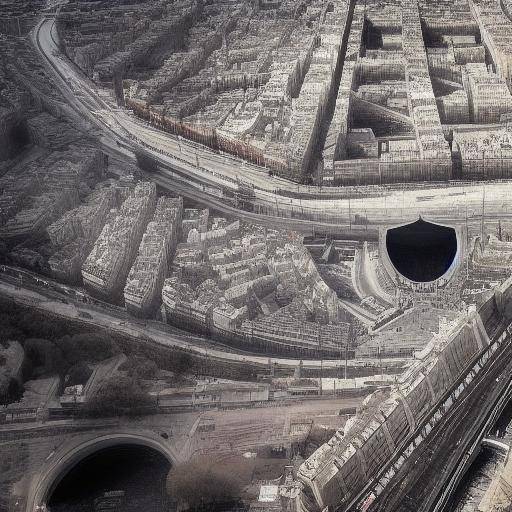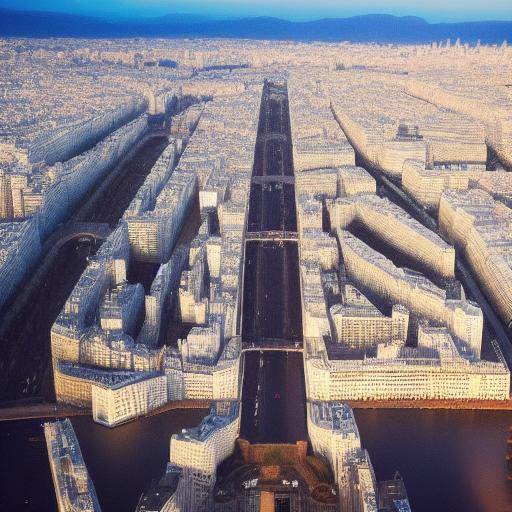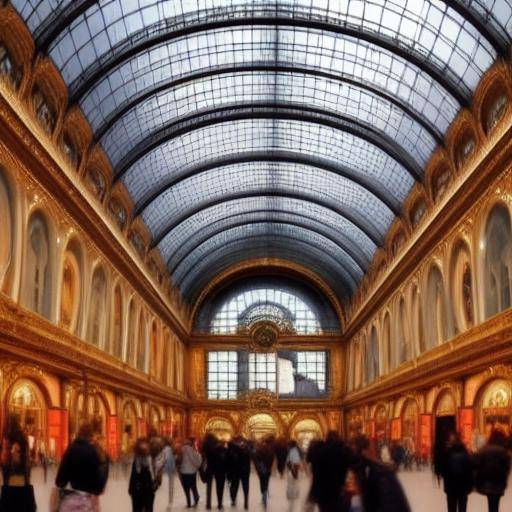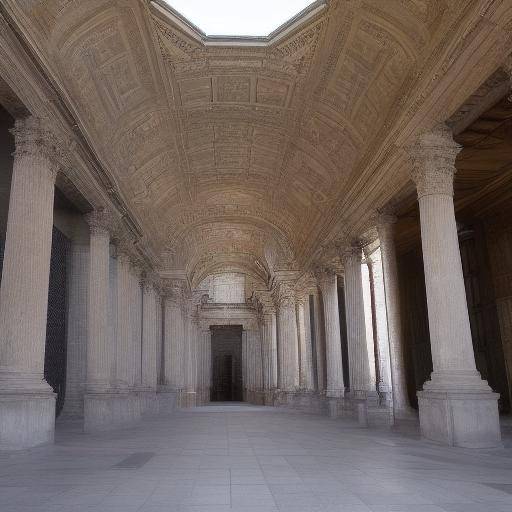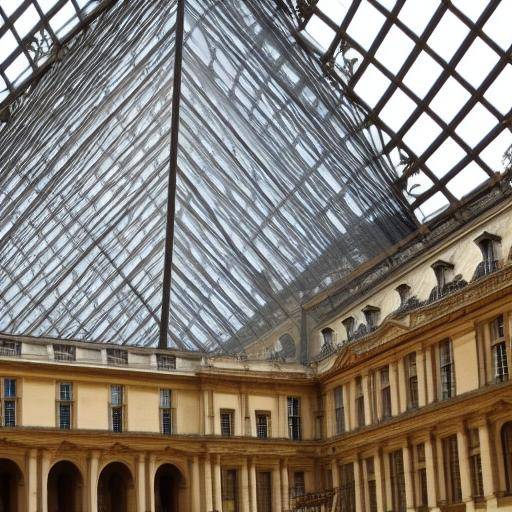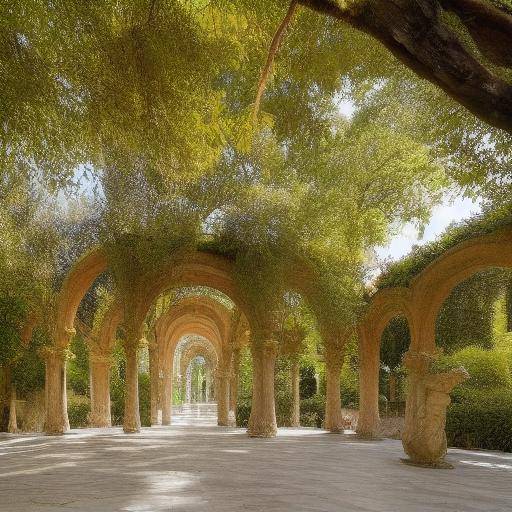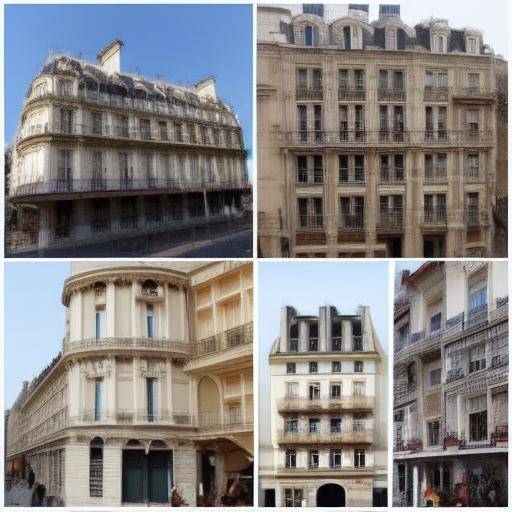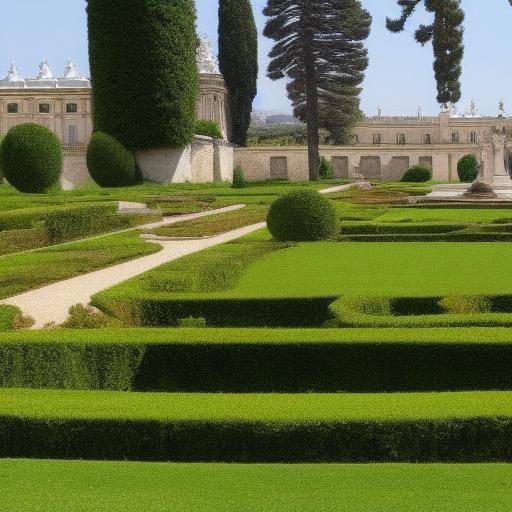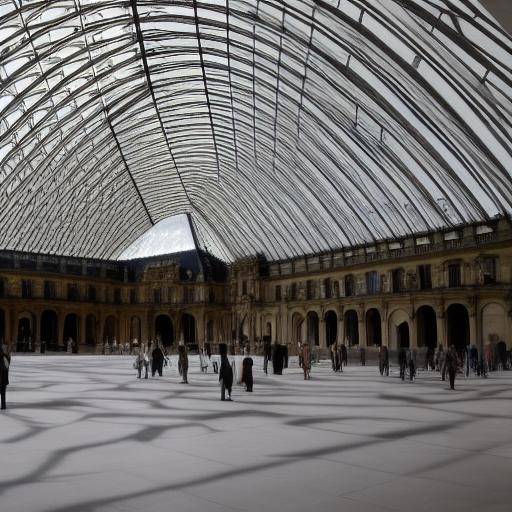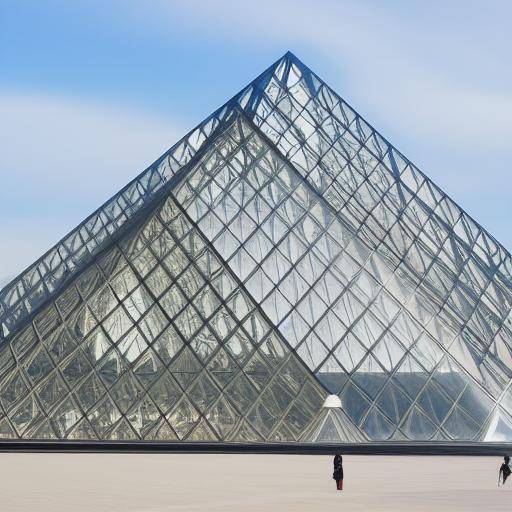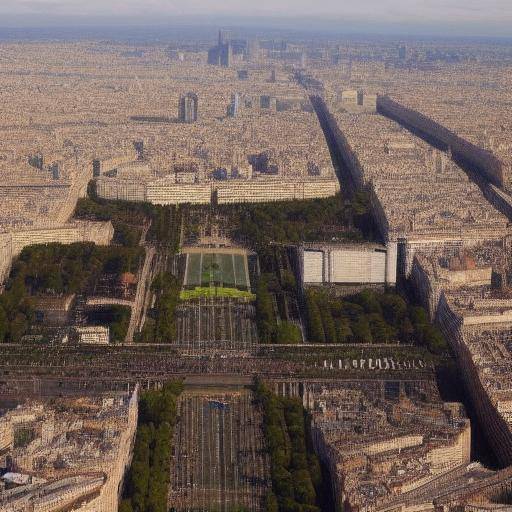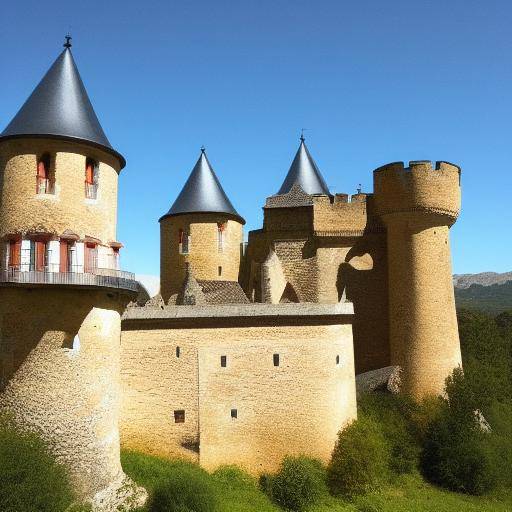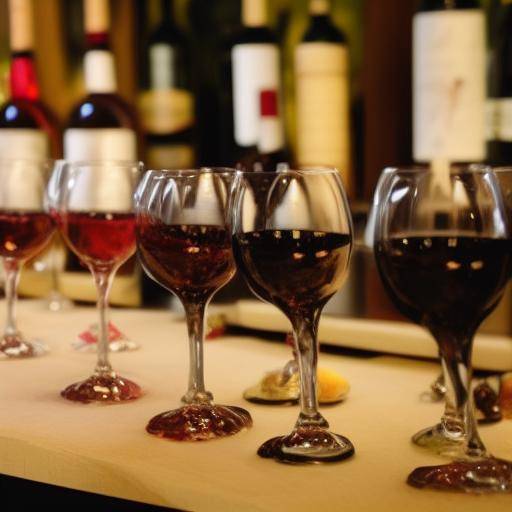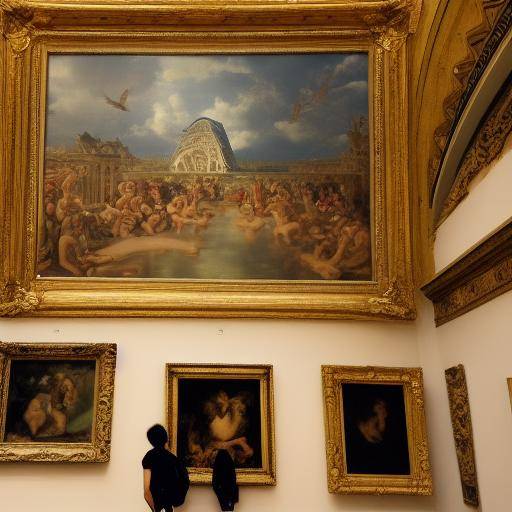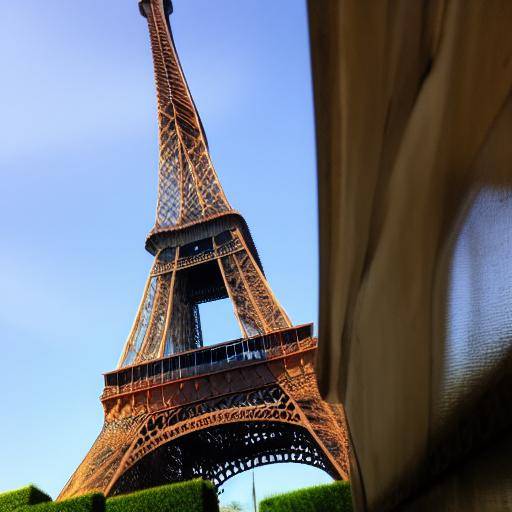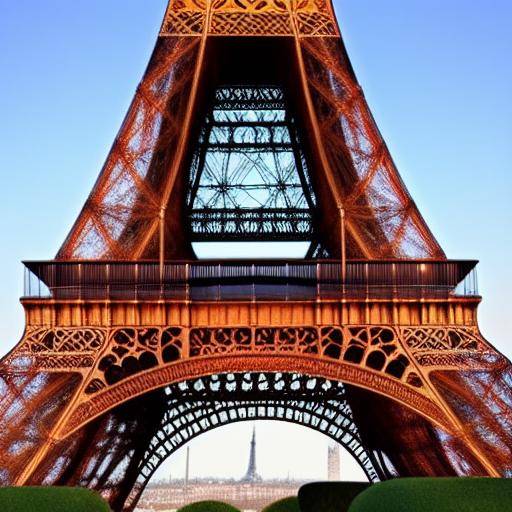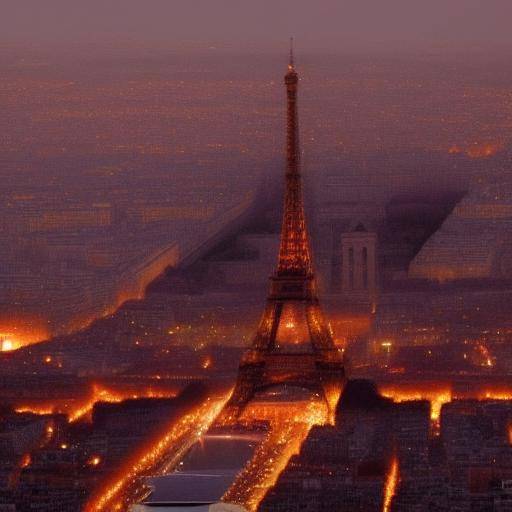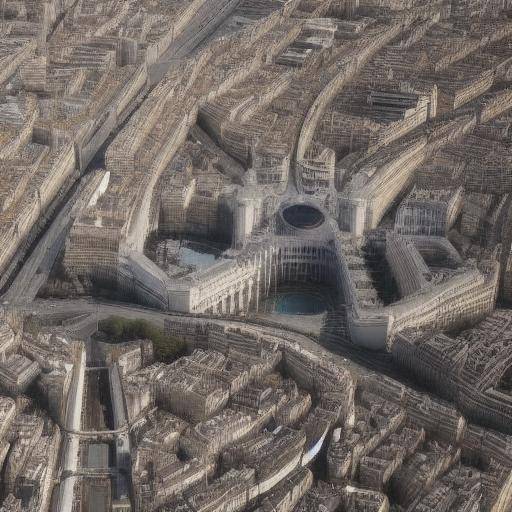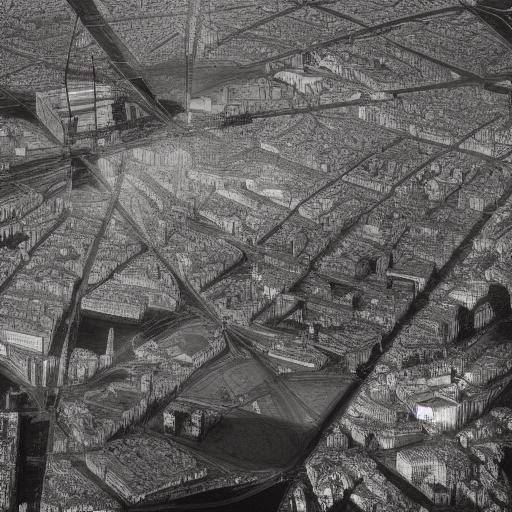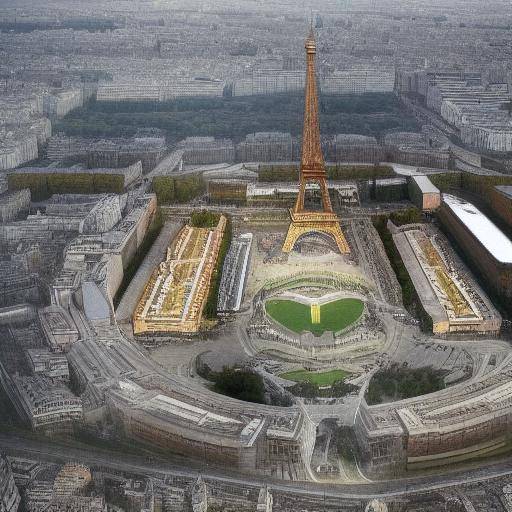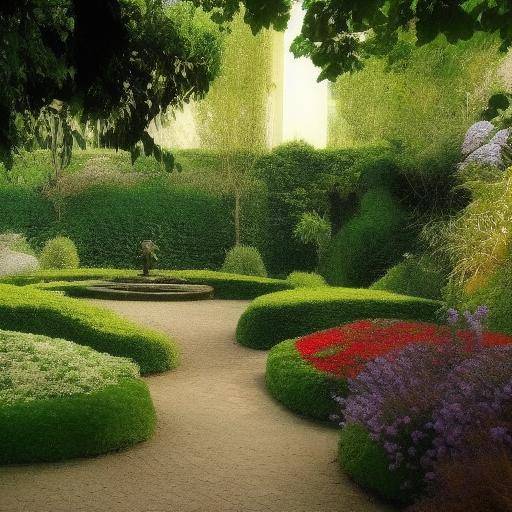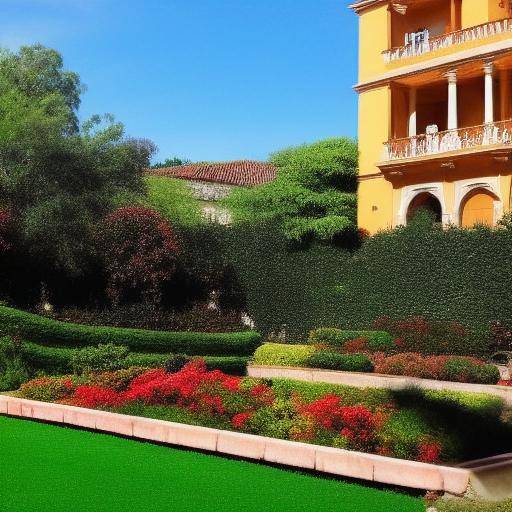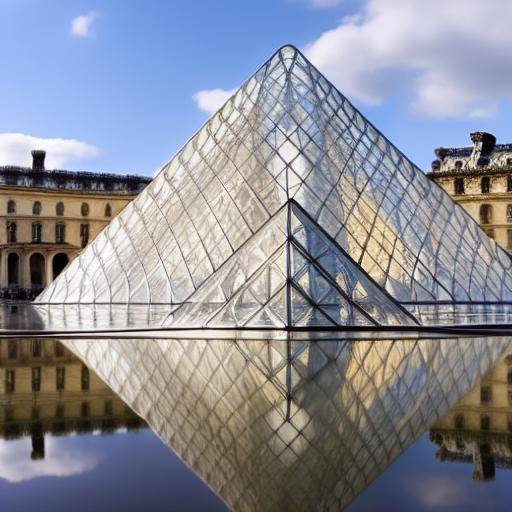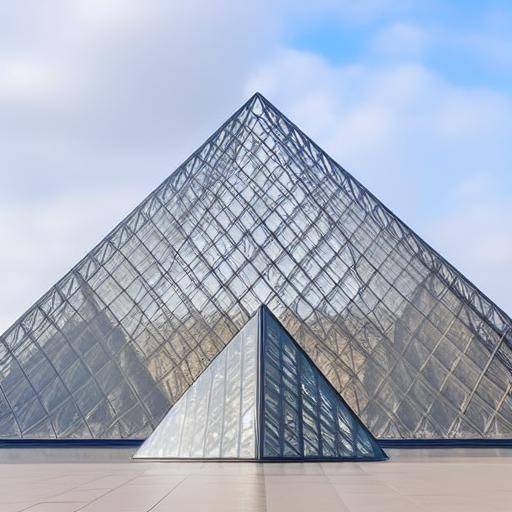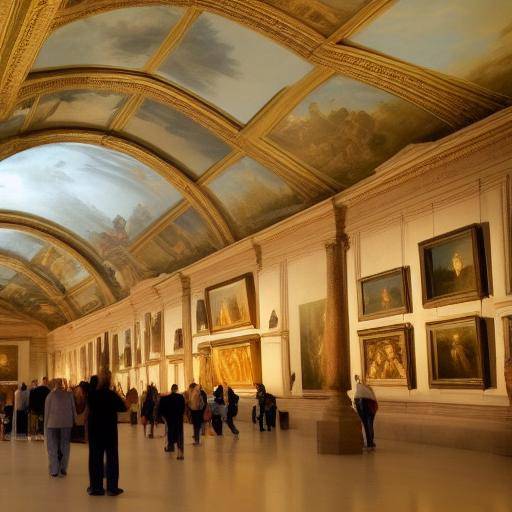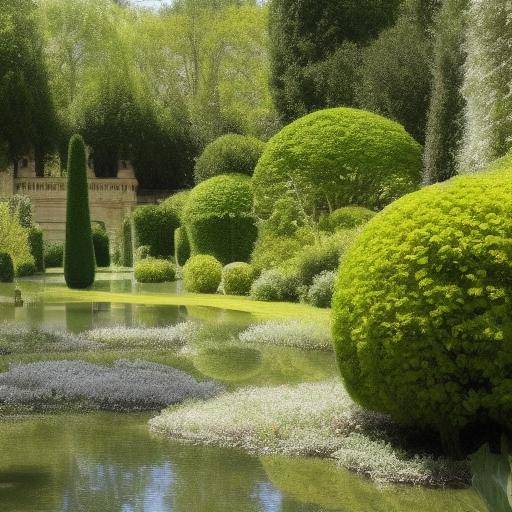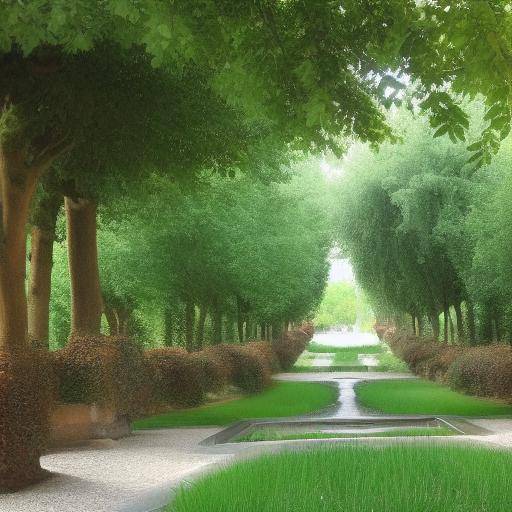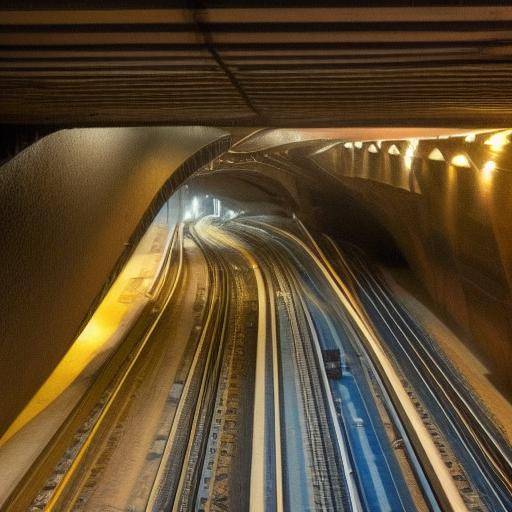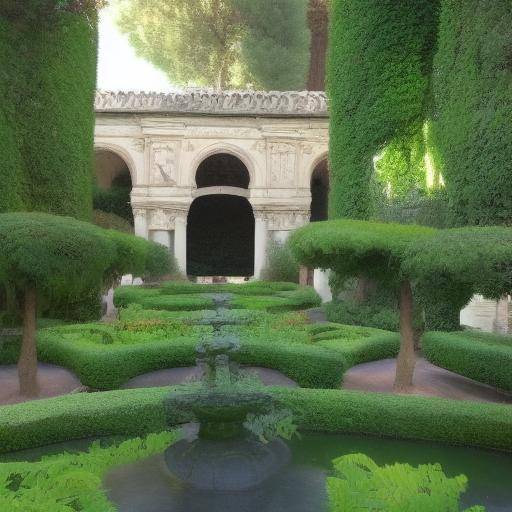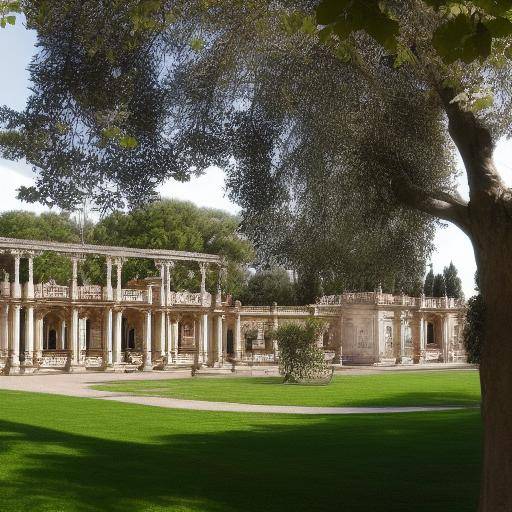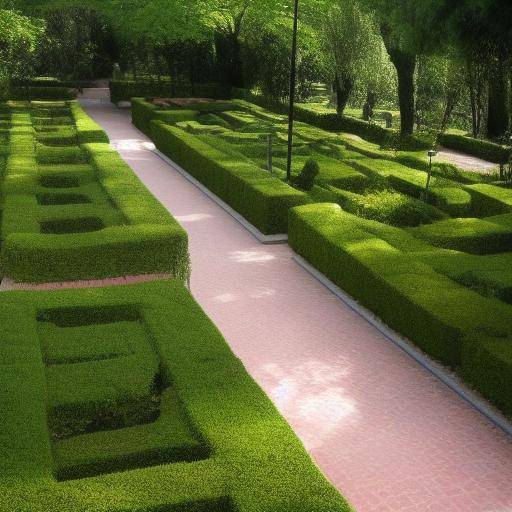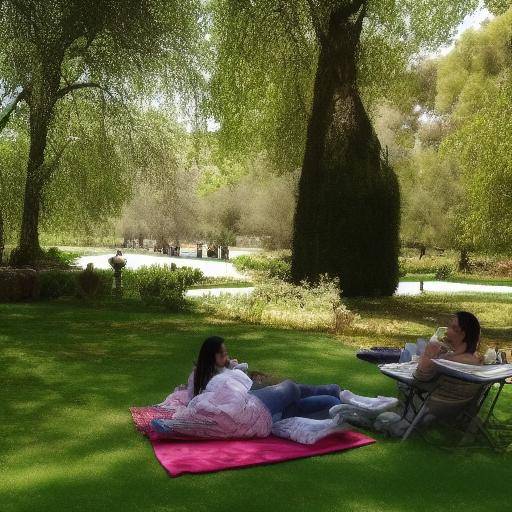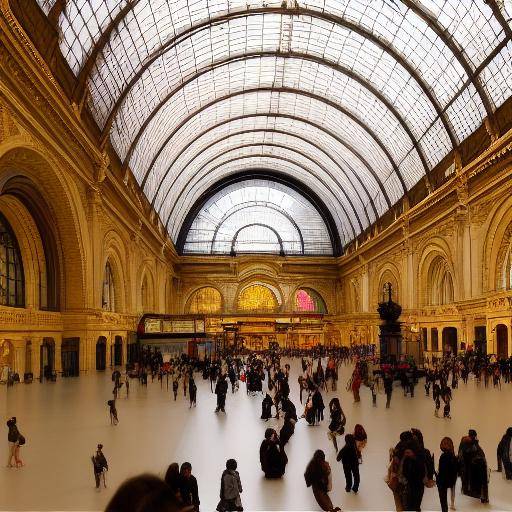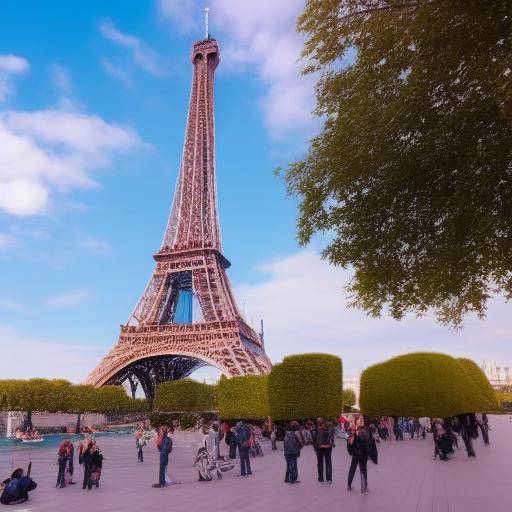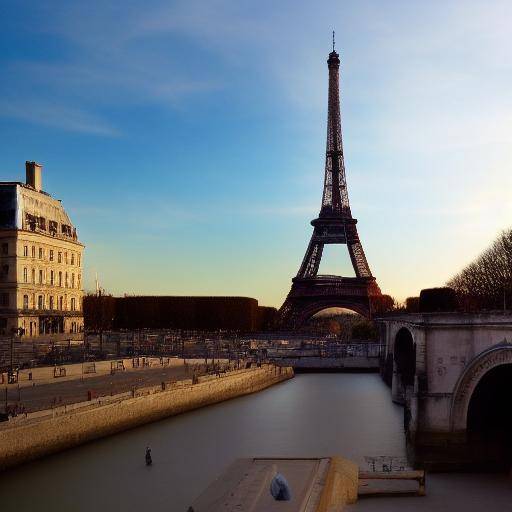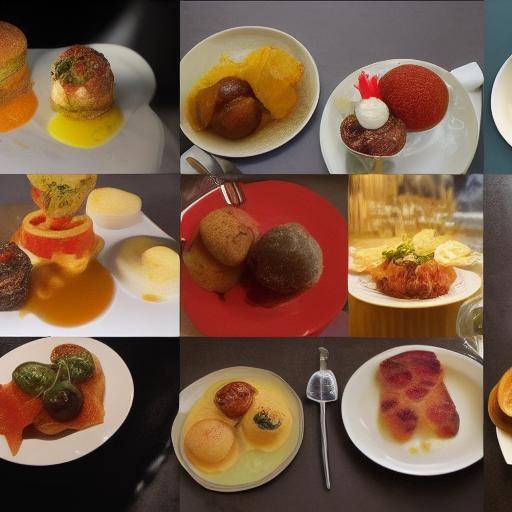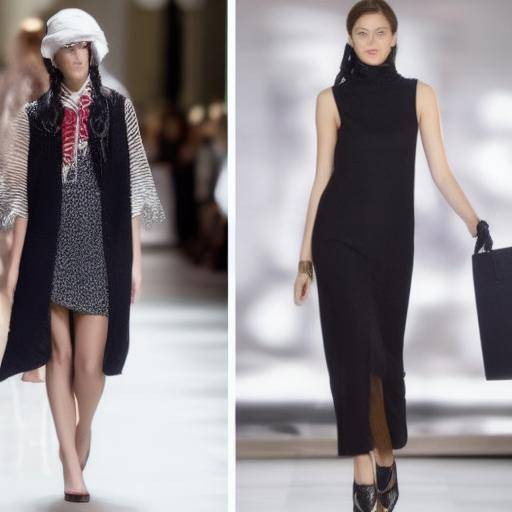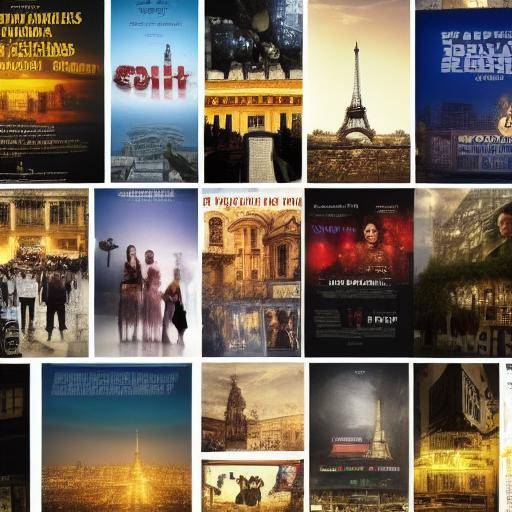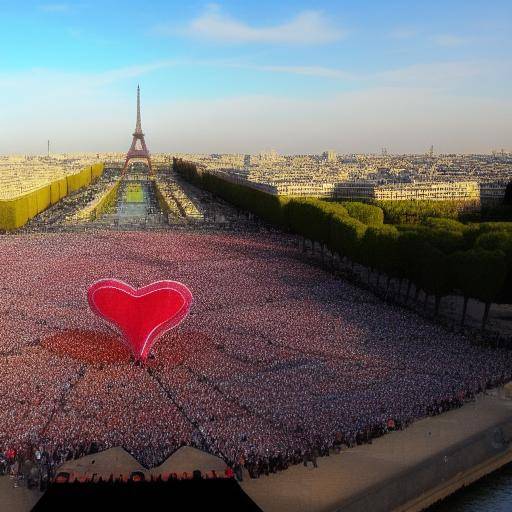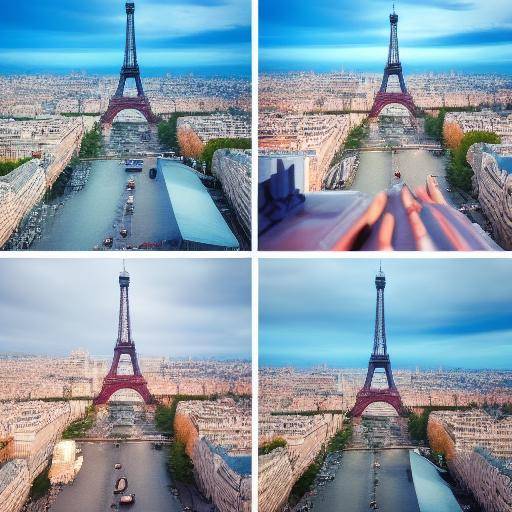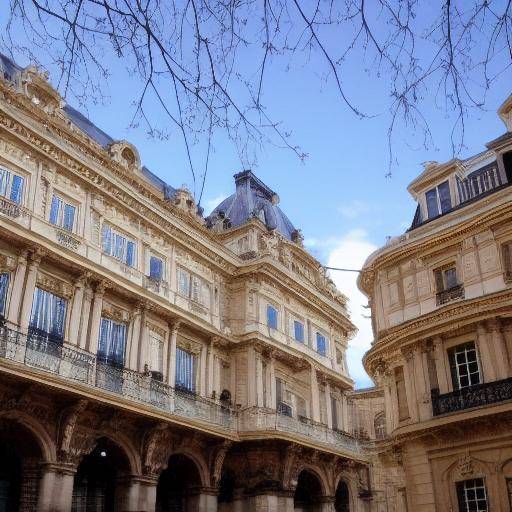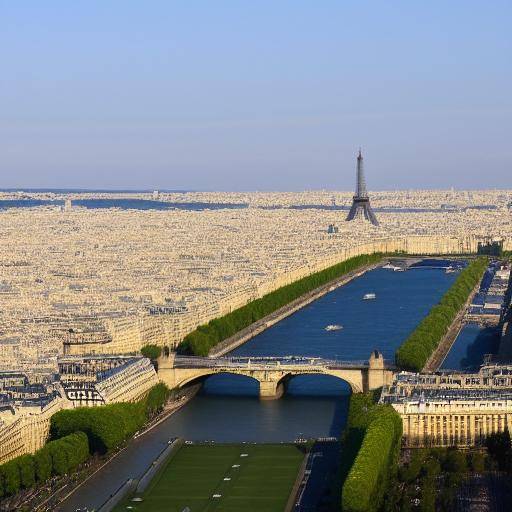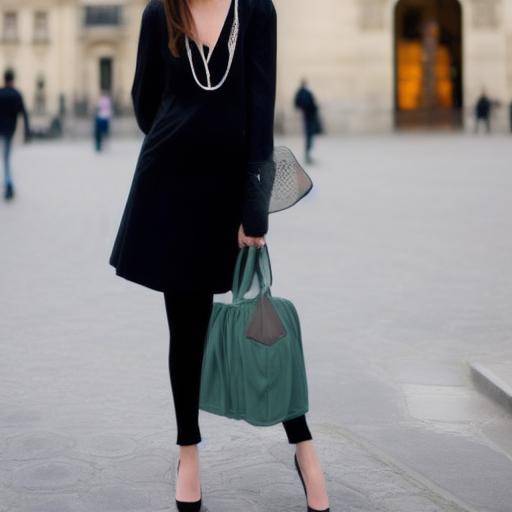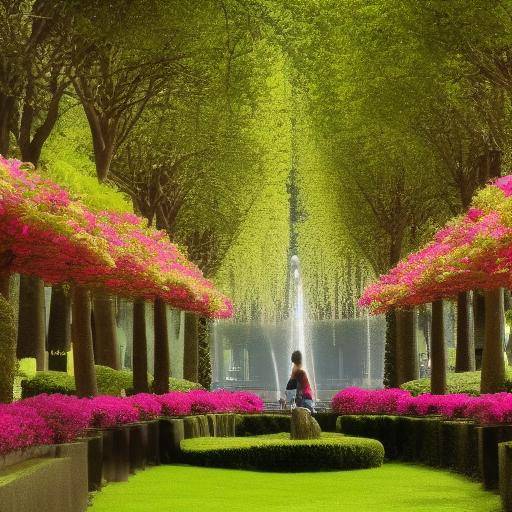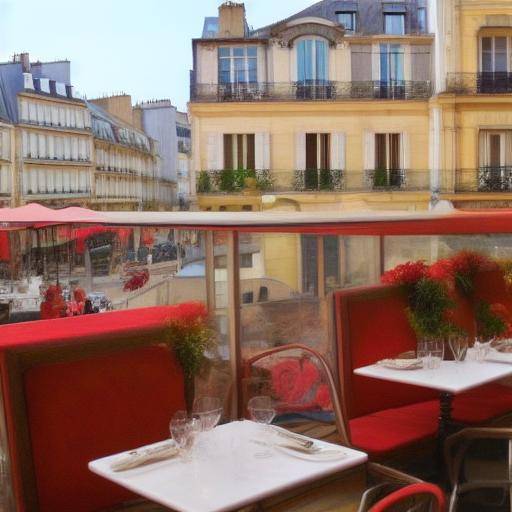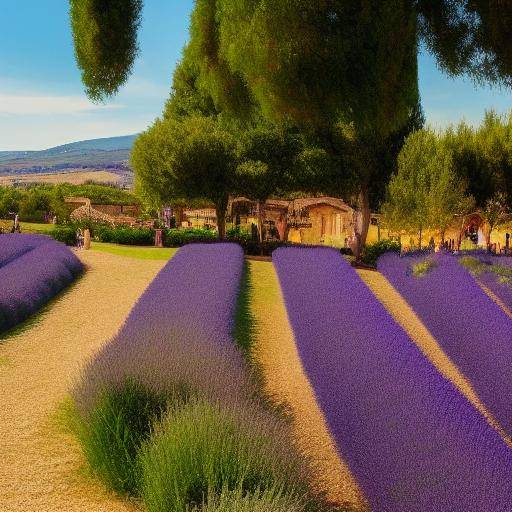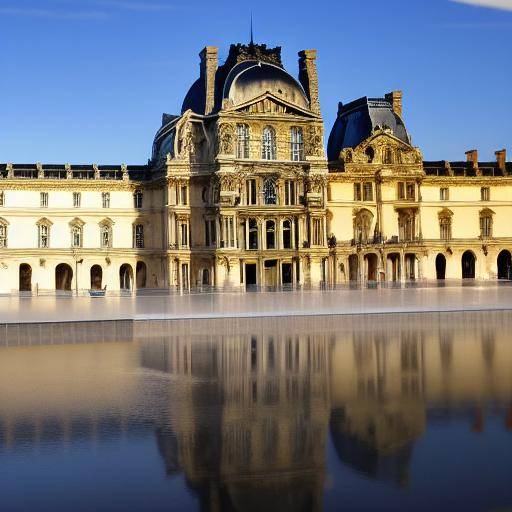
Introduction
Imagine strolling through the majestic city of Paris, the air impregnated with the aroma of art and history. At the heart of this iconic metropolis is the famous Louvre Museum, a treasure that houses some of humanity's most outstanding works of art. From the stunning Mona Lisa of Leonardo da Vinci to the imposing victory of Samotracia, the Louvre is a must for lovers of art, history and culture. In this article, we will explore the historical and cultural wealth of the Louvre, as well as its link to the city of Paris and France. We will discover the wonders of this museum, its impact on the world art scene and the influence it has exerted on the development of classical art. Get ready to immerse yourself in a fascinating journey through the Louvre corridors!
History and Background
Origen and Evolution of the Louvre
The Louvre Museum, originally a royal palace, has undergone an amazing transformation over the centuries. Its roots date back to the 12th century, when it was a defensive fortress. Over time, it evolved into a sumptuous Renaissance palace and, finally, into the magnificent museum we know today.
The year 1793 marked a decisive milestone in the history of the Louvre, when it became a public museum. Since then, he has witnessed countless historical events and hosted visitors from all parts of the world, consolidating himself as a world-renowned cultural icon.
Cultural and Artistic Impact
The Louvre is not only a museum, but a beacon of inspiration for artists and art enthusiasts. The wealth of its collections ranges from Antiquity to the nineteenth century, offering a panoramic view of the evolution of art throughout history.
It should be mentioned that the Louvre not only protects famous masterpieces, but also promotes the exploration of new artistic trends and intercultural dialogue through exhibitions and special events.
Current Challenges and Opportunities
Despite its glory and recognition, the Louvre faces challenges in the modern era. The balance between the preservation of artistic heritage and the adaptation to the current demands of society represents a constant dilemma. However, the Louvre has embraced technology and innovation to offer enriching experiences to visitors, combining the classic with the contemporary in a masterful way.
Detailed Analysis
Influence in Global Art
The impact of the Louvre on the global art scene is undeniable. His collections have enriched the understanding of classical art and served as an inexhaustible source of inspiration for generations of artists. Through itinerant exhibitions and collaborations with renowned museums, the Louvre has managed to spread its artistic legacy around the world, contributing to the promotion of classical art in different cultures and communities.
Statistics and Relevant Anecdotes
The magnitude of the Louvre is reflected in impressive figures. With millions of visitors every year, the museum is consolidated as one of the most popular tourist destinations on the planet. In addition, it has been the scene of significant historical events, becoming a silent witness of the evolution of humanity over the centuries.
Exhaustive examination
Applications and Best Practices
The Louvre is not only a centre of artistic contemplation, but also an active learning space. Educational programs, conferences and interactive activities provide visitors with an enriching and multidimensional experience, contributing to the appreciation of classical art and fostering cultural dialogue at the global level.
Perspectives and Challenges
Within the bright atmosphere of the Louvre rooms, significant challenges are also seen. Preservation of collections against time wear, sustainable resource management and adaptation to contemporary trends represent challenges that the museum addresses with strategic vision and constant commitment.
Comparative analysis
Louvre, Paris and France: Cultural Convergence
The Louvre, the city of Paris and the country of France are intimately intertwined in a cultural link that transcends time and space. While the Louvre is the epicenter of classical art, Paris is the city that welcomes it and frames it with the beauty of its cobbled streets, its imposing monuments and its exquisite gastronomic offer. For its part, France stands as the bosom that shelters the Louvre and the city of Paris, giving them a unique historical and cultural context.
Similarities, Differences and Synergies
While the Louvre is an exceptional emblem of classical art, Paris and France bring their own cultural wealth to the panorama. The artistic diversity of the city, in constant creative ferment, is nourished by the legacy of the Louvre and converges with the contemporary expressions of local and international artists. In the meantime, France is distinguished by its longstanding artistic tradition which is manifested in the prolific cultural scene of the country, enriched by an undisputed historical heritage.
Practical Tips and Actions
Browse the Louvre: Tips and Recommendations
To make the most of your visit to the Louvre, it is advisable to plan in advance and prioritize the works that interest you most. In addition, booking your tickets in advance will allow you to avoid long rows and enjoy a more fluid experience. Likewise, with a comfortable footwear and an open attitude to contemplation, you can explore this vast treasure of millennial art with fullness and delight.
Conclusions and FAQs (FAQs)
Conclusions
The Louvre Museum is much more than a cultural institution; it is a living testament to the greatness of art and history, a beacon that illuminates the path of humanity through the centuries. His transcendence, his bond with Paris and his anchor in France make him an invaluable treasure for the world. Exploring the Louvre is to dive into a universe where the past and present converge, woven by the skill and passion of artists who have sculpted the memory of humanity.
Frequently asked questions (FAQs)
1. What is the most famous work in the Louvre?
The Portrait of Mona Lisa by Leonardo da Vinci is undoubtedly one of the most famous and admired pieces of the Louvre. Her enigmatic smile and the technical mastery of her author have made her an icon of art.
2. What are the schedules to visit the Louvre?
The Louvre is open from Wednesday to Monday, from 9:00 to 18:00, and Wednesdays and Fridays remain open until 21:45 hours.
3. What other tourist attractions can be visited in Paris?
Paris offers a wide range of attractions including the Eiffel Tower, Notre Dame Cathedral, the Orsay Museum and the Versailles Palace, among others.
4. What is the best time to visit the Louvre?
It is recommended to visit the Louvre early in the morning or in the afternoon to avoid crowds. Wednesdays and Fridays at night are usually quieter moments to enjoy the museum.
5. What is the story of the building that houses the Louvre?
The building that houses the Louvre has undergone various transformations over the centuries, from its origin as a medieval fortress to its evolution as a sumptuous Renaissance palace and finally as the magnificent museum we know today.
6. How can I access tickets for the Louvre?
Tickets to the Louvre can be purchased online through its official website or at the museum ticket offices.
Concluding, the Louvre Museum, in all its splendour and grandeur, not only encapsulates the essence of classical art, but transcends its very nature to become a beacon that illuminates the heart of Paris and marks the cultural identity of France. This iconic enclosure represents an eternal tribute to human ingenuity and creativity, and its influence transcends borders, erecting itself as a universal treasure that enriches the life of those who have the privilege of contemplating it.
Through this journey through the Louvre, Paris and France, we have unraveled the magnificence of an invaluable heritage, knocking down temporary and space borders to immerse ourselves in an ocean of beauty and meaning. May this journey inspire future generations to preserve, appreciate and celebrate the richness of classical art and its transformative power in our existence.
With this in mind, we invite you to join the wonderful journey offered by the Louvre Museum, a journey that will endure in your memory as an imperishable legacy of human creativity.
Welcome to the Louvre, the eternal beat of classic art!

